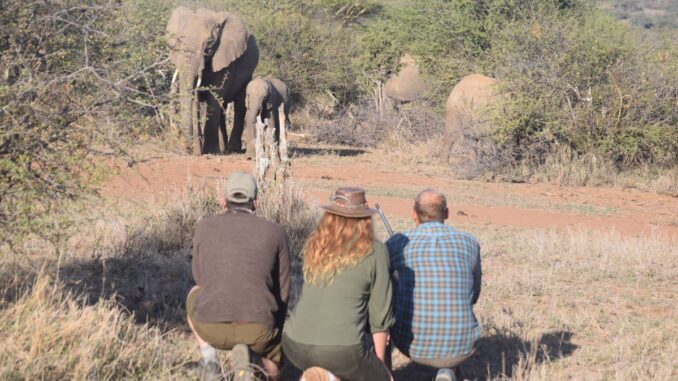
In the heart of Kenya, the Laikipia Plateau has all the ingredients for a top class walking destination. It has an average elevation of 2000m which is not going to leave you breathless, but creates ideal conditions for expeditions on foot. Shaped by volcanic forces, the terrain is varied, with plenty of rocky look-outs and wooded valleys. It has reliable water sources, fed from the moorland slopes of Mount Kenya and the Aberdare Range, which give the plateau a wealth of wildlife. That animal life can be surprising because the area is a transitional zone between the vast grasslands found in the south and the arid lands of northern Kenya. Walkers can spot local specials such as the reticulated giraffe, Somali ostrich, Günther’s dik-dik, Grévy’s zebra and squadrons of gorgeous vulturine guineafowl.
Importantly, the land is mostly in private conservancies, so walks are allowed, and there are excellent guides working in the area. With all of these advantages, it’s easy to see why it is Kenya’s most popular area for walking safaris, and most lodges and camps in the area offer guided walks as an alternative to a game drive. In addition, there are several multi-day walk operations, mobile safaris supported by camel caravans or vehicle.
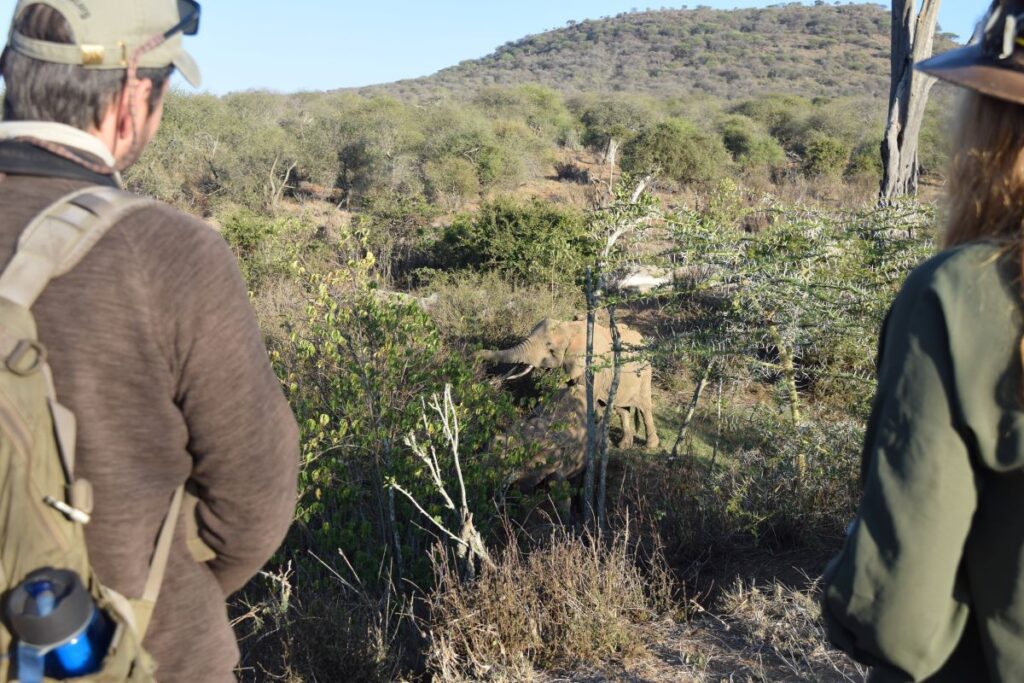
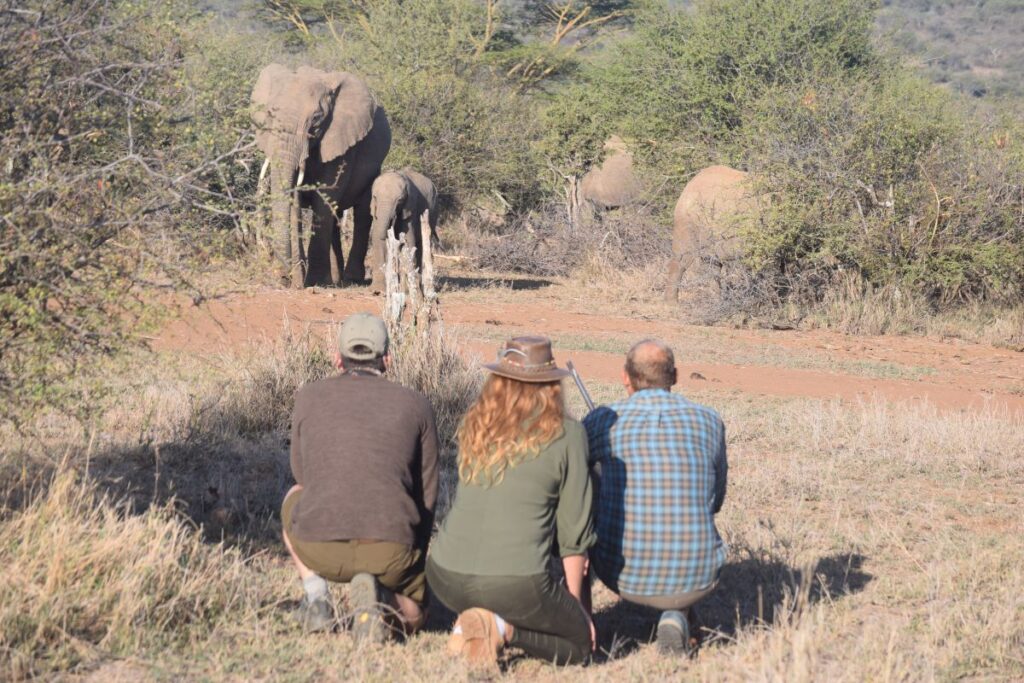
Now, there is a new option: Laikipia Wilderness is offering multi-day walks thanks to gaining access to a greatly expanded safari area, which now totals 70,000 acres. Operated by keen Trails Guide Steve Carey, Laikipia Wilderness Camp is set on a ridge-top in the remote west of the plateau, close to the Ewaso Narok river. The area has a resident pack of African wild dog, and is also known for its melanistic black leopard. Walks have long been popular with LWC guests, and the new multi-day option is sure to bring back repeat visitors.
Walking guests will spend their first and last night at camp and sleep trail nights at a mobile camp, relocated each day by vehicle. The standard format has a minimum of three nights in the wilds, although with the area available, this can easily be extended.
On the first day, the walking party is dropped at the northern end of Ngorare ranch. The habitat here is not dissimilar to the Mara; flat open plains, yellow fever forests snaking along a small river, and plenty of Thompson’s gazelles and spotted hyenas. The walking is unhurried, with plenty of time to investigate any interesting finds along the way, with a leisurely picnic lunch and rest in the middle of the day. In the afternoon, the trail continues through riparian woodlands to the first night’s camp, located in a grove of fever trees.
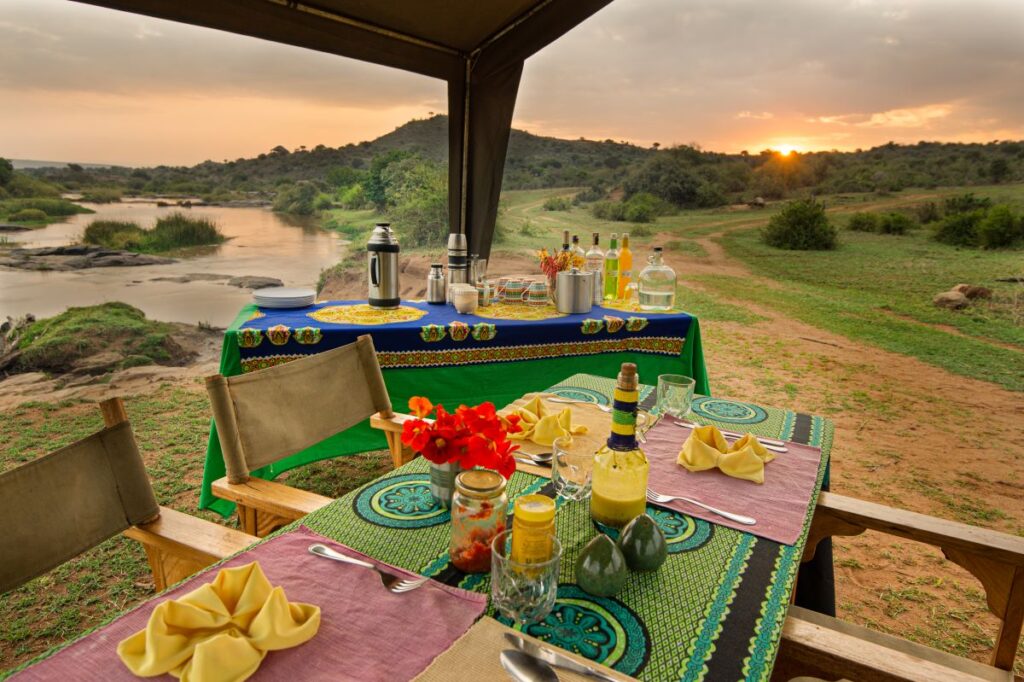
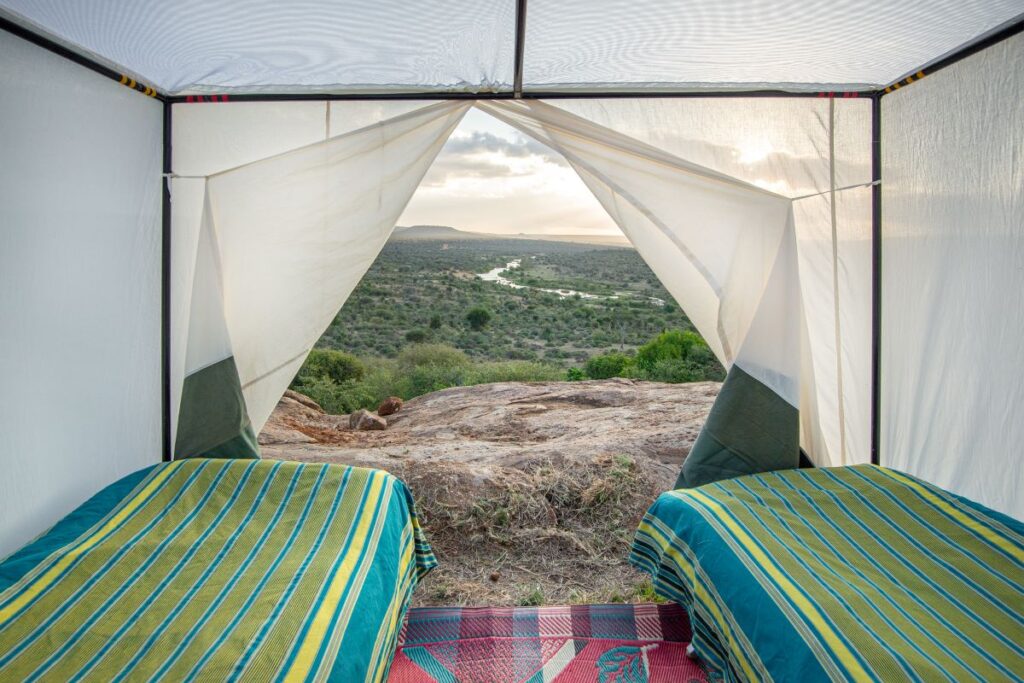
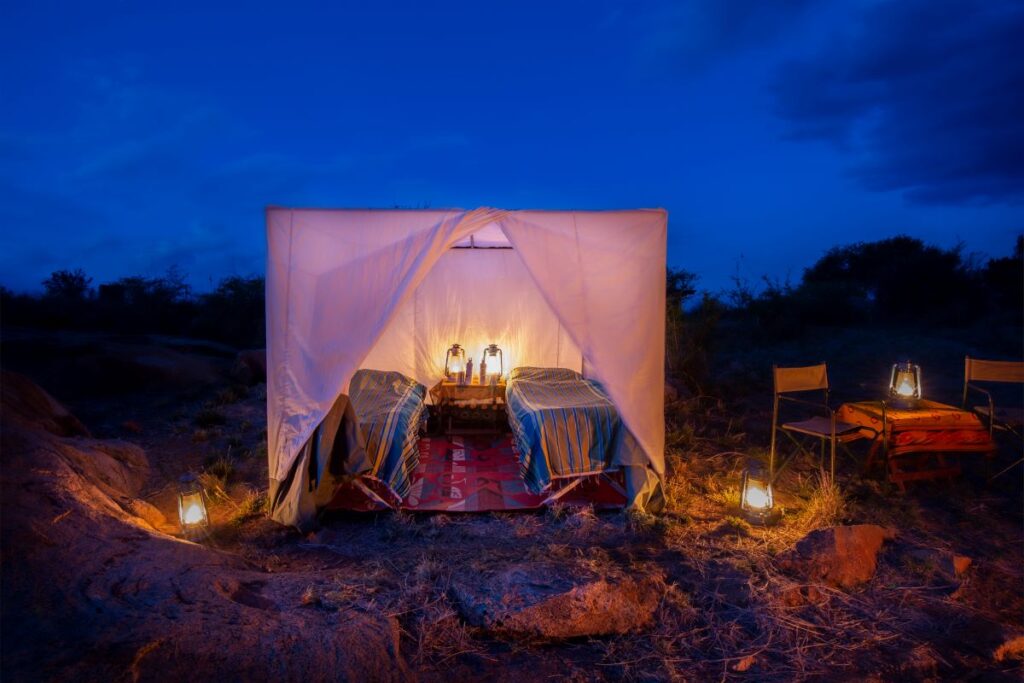
The camp facilities are just the essentials – tented bucket showers and a long drop toilet. Meals are cooked on the camp fire, and accommodation is on stretcher beds in mossie-proof tents which have privacy but mesh roofs, allowing for stargazing. As the vehicle remains at camp, night drives are a possibility, and apart from the ubiquitous dik-diks, it’s a great opportunity to look for hyena, leopards and smaller cats.
On the next day, the walking starts early and continues on Ngorare across the whistling thorn stunted forest, typical of black cotton soils. From there, it crosses over into the Mutara river valley on Ol Donyo Lomboro ranch. There, the river valley drops down from the Laikipia plateau providing stunning views. Rocky outcrops and woolly caper bush forests dot the landscape, and there’s the chance to spot a leopard at rest in one of the ancient Boscia trees.
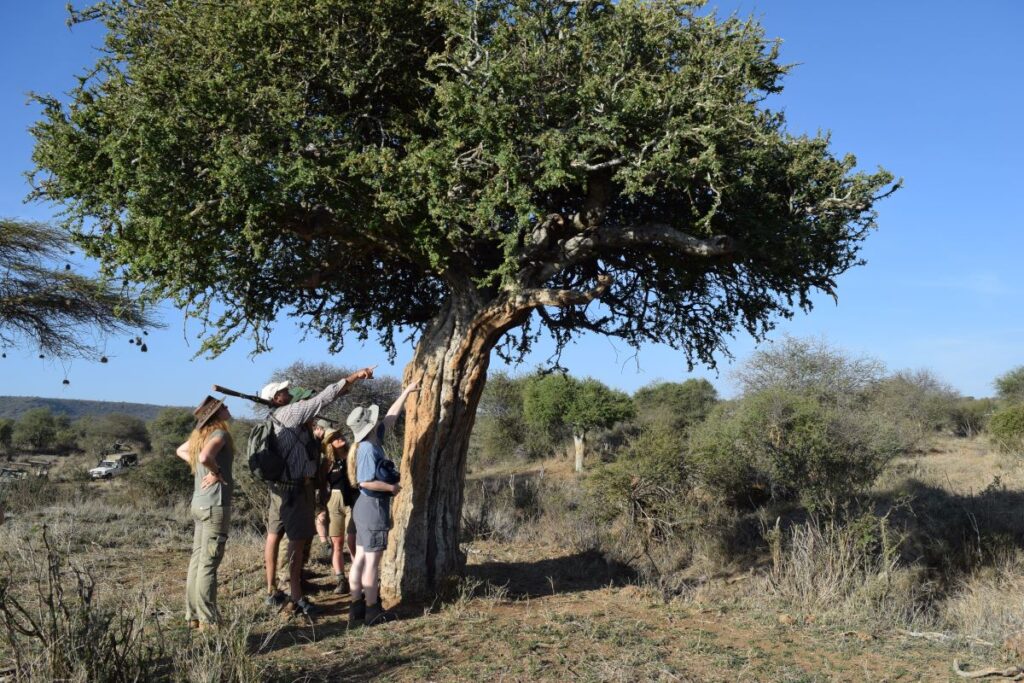
On the third day of walking, the Mutura river valley widens, and there are rocky kopjes to be scaled to do some game spotting. There’s also to the chance to have some cooling swims in the brown river waters, as long as no hippos are present (there are no crocodiles in the rivers). On the final day, the walking party returns to Laikipia Wilderness Camp along the Ewaso Narok in a much drier habitat. The landscape flattens and opens up as the bigger river snakes through the landscape. By mid-morning the camp can be seen on the top of its beautiful rocky hill, and its full comforts can be appreciated for the final night.
Walking in Laikipia is good year-round although the “long rains” around April/May are best avoided. The maximum group size is 8.
For more information and booking: laikipia-wilderness.com / reservations@laikipia-wilderness.com.
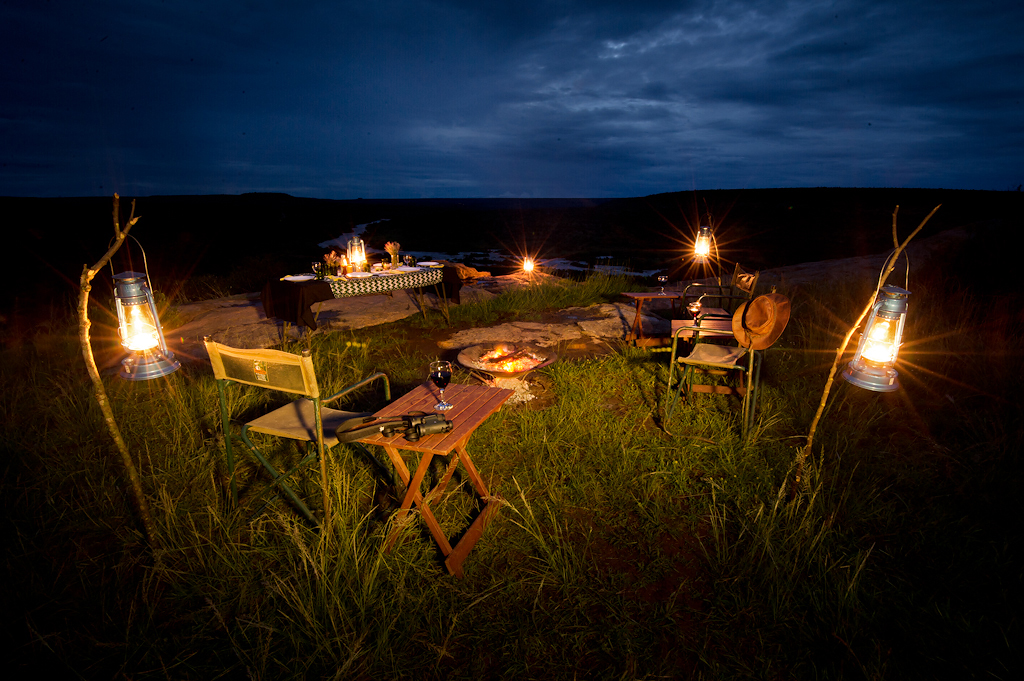

Leave a Reply